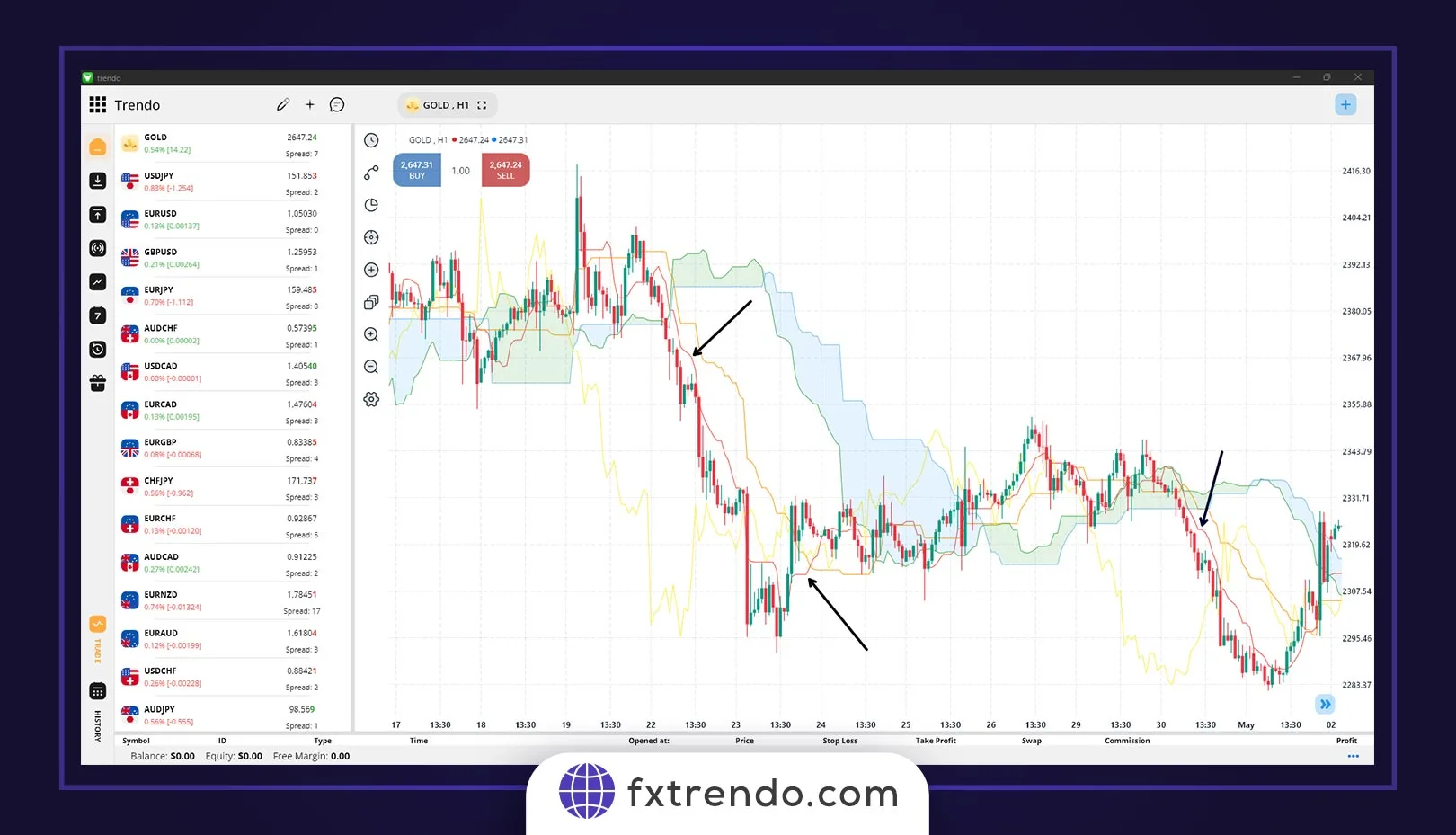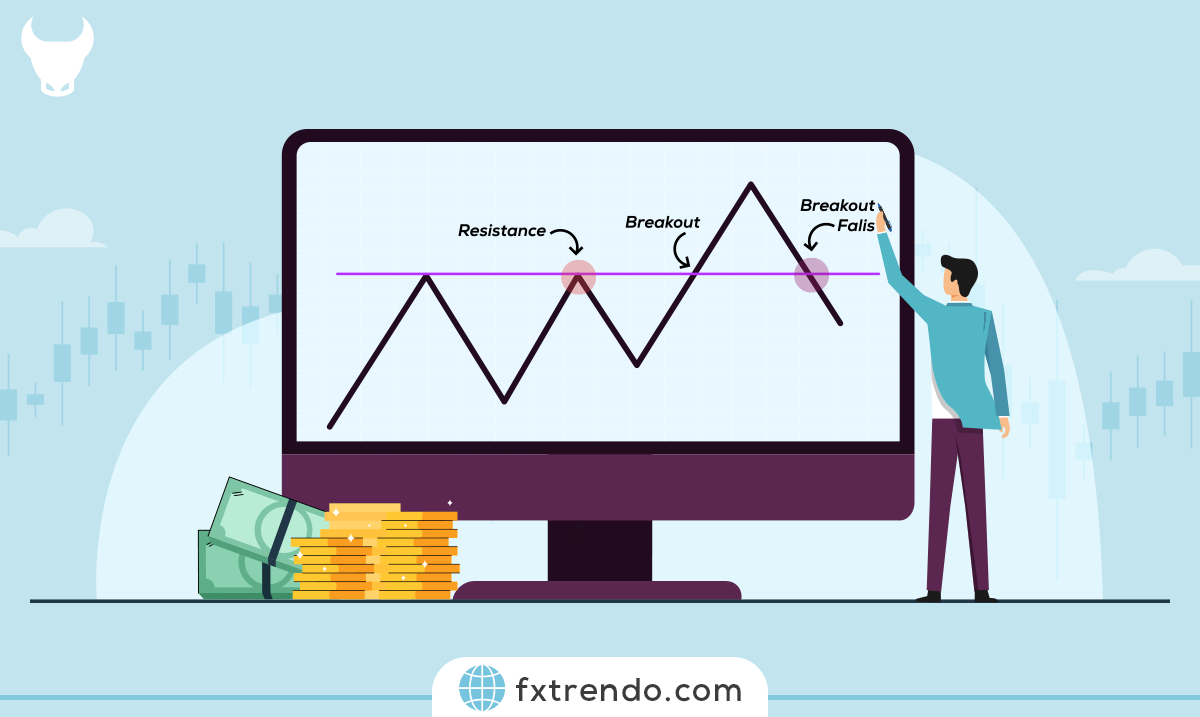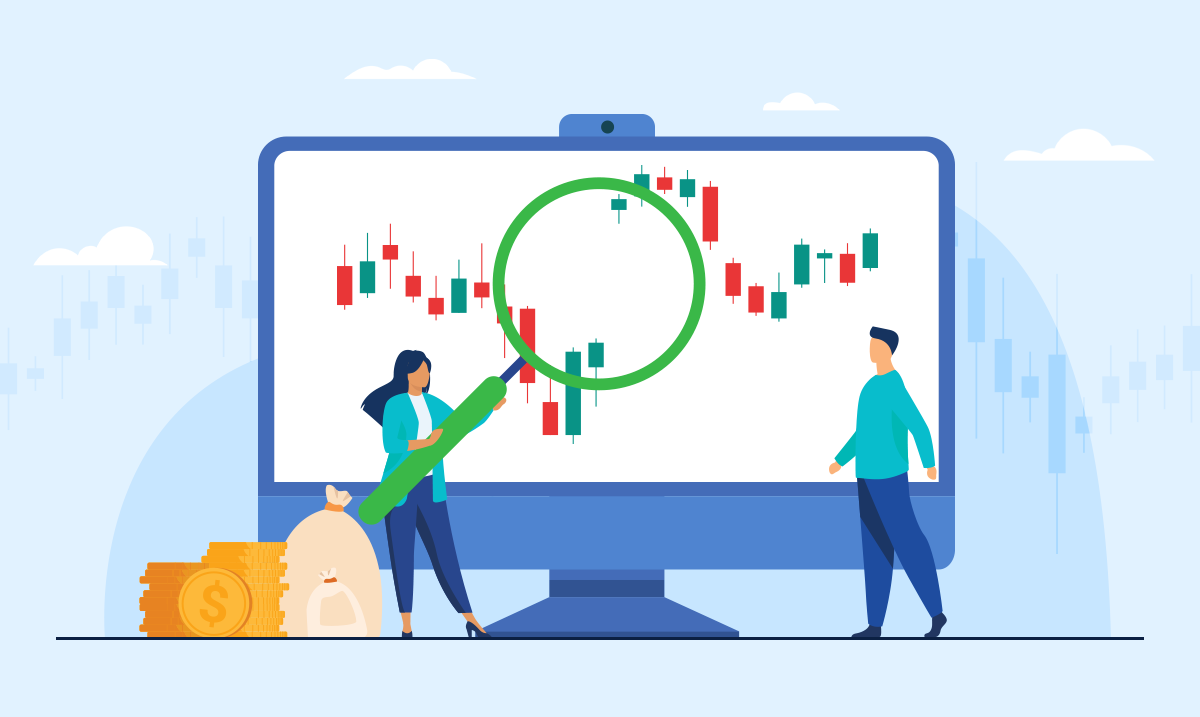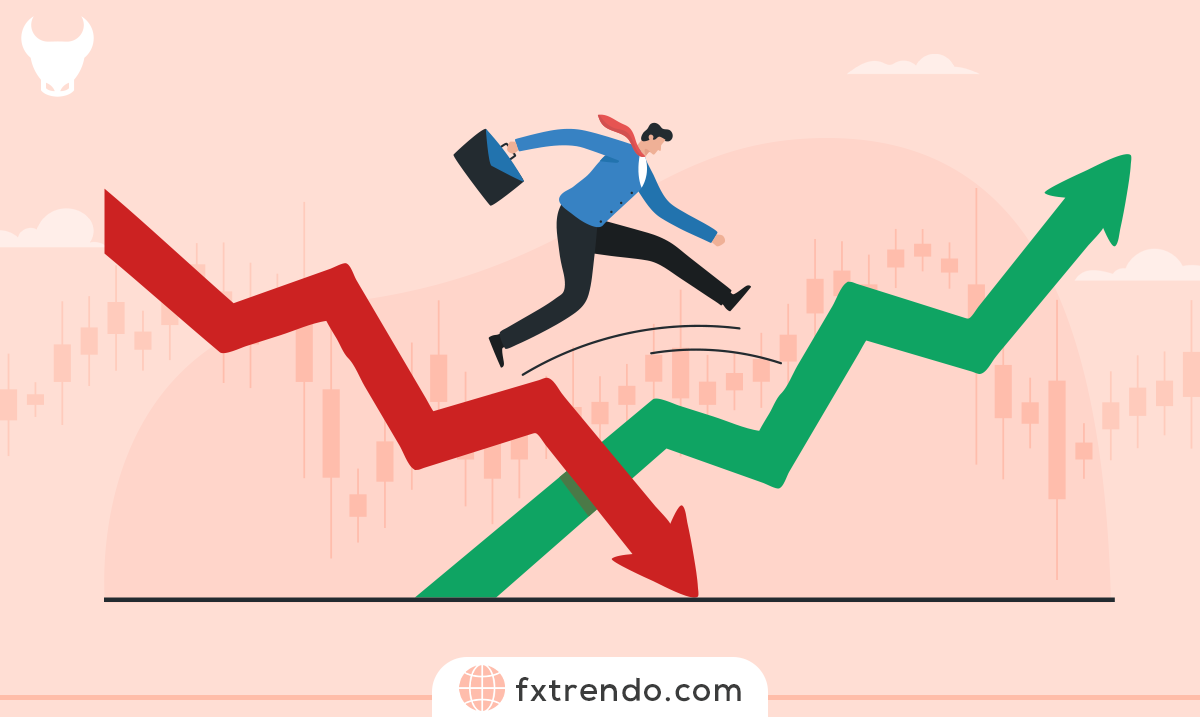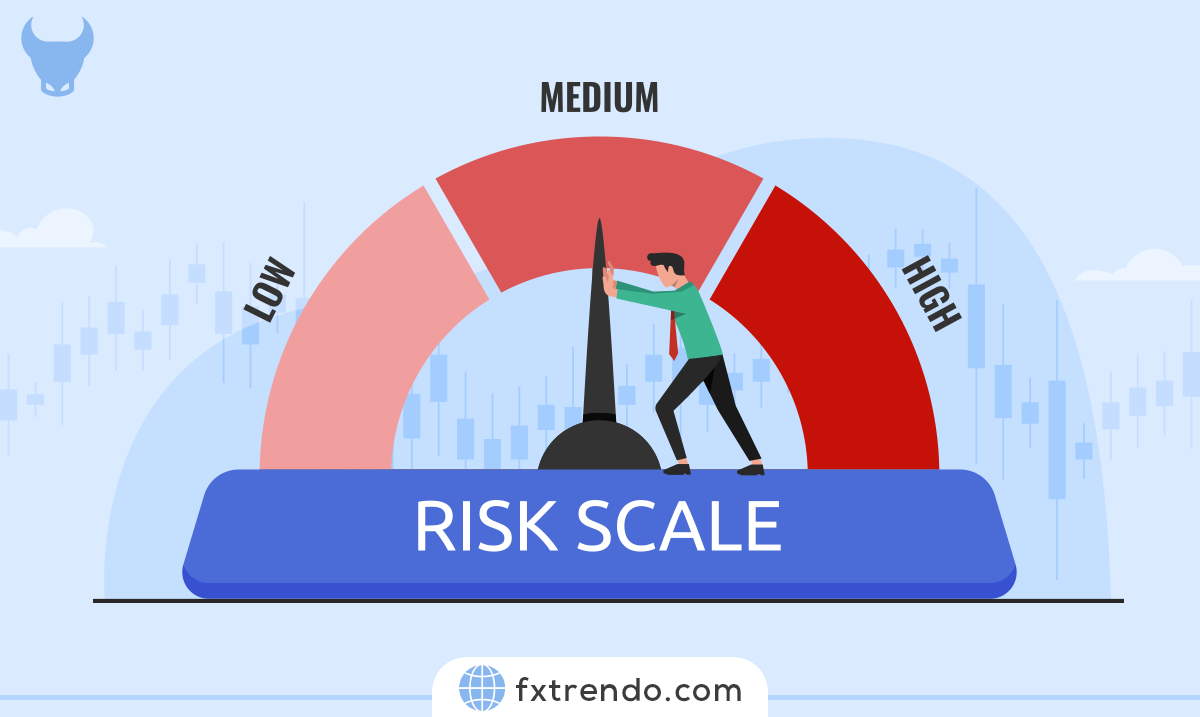Forex trading sessions are considered one of the fundamental and most important topics in trading education, and every professional trader must have a clear understanding of them. Many people may ask: what is a Forex session, and why is it so important? Although the Forex market operates 24 hours a day, volatility and liquidity are not the same throughout the entire day, and not all time periods are suitable for trading. While it is technically possible to place orders at any hour, during certain periods the market experiences low volatility, resulting in limited price movements. To identify the best times to trade and make more effective use of market opportunities, familiarity with Forex trading sessions is essential. In the following sections, by examining these sessions, we will review the best times to trade Forex.
What Is a Forex Session?
Proper timing is one of the most important factors for success in the Forex market and plays a decisive role in trade profitability. From a time-based perspective, a full trading day in the Forex market is divided into four main sessions, which are:
- Sydney Session (Australia)
- Tokyo Session (Asia)
- London Session (Europe)
- New York Session (America)
In the Forex market, the trading cycle is structured so that Forex trading hours flow continuously over a 24-hour period. A trading day begins with the opening of the Sydney session in Australia, then continues with the activation of the Tokyo session in Asia, followed by the London session in Europe, and finally ends with the New York trading session in the United States. After the New York session closes, this process repeats with the start of the Sydney session, forming a new trading day. This orderly cycle operates throughout the week, except on Saturdays and Sundays, and this structure is why the Forex market is known as a 24-hour market.
The four primary Forex sessions play a crucial role in the market because when major central banks are active, liquidity rises sharply and price volatility intensifies. These active periods are commonly known as trading sessions forex, representing the times when institutional participation is at its highest. Gaining a clear understanding of these sessions—and the unique traits of each one—is vital for traders, since the actions of central banks and large market participants directly influence market movement and volatility.
1) Sydney Trading Session (Australia)
The Sydney trading session in Australia runs from 7:00 AM to 4:00 PM Sydney time. Among all global markets, it typically records the lowest level of trading activity, resulting in relatively calm price movements. During these trading time sessions, volatility usually remains limited unless major economic news is released and triggers strong market reactions. As a result, the Sydney session is often less appealing to traders who prefer high volatility and more aggressive trading opportunities.
If you plan to trade during the Sydney session, it is recommended to choose instruments that include AUD or NZD as one side of the pair, as these instruments tend to show higher volatility during this session compared to others. For example, the AUDUSD and NZDUSD currency pairs are considered the best options for trading during the Australian session.
Suitable trading strategies for the Sydney session mainly include BLSH-based trades (selling at highs and buying at lows), because due to low volatility and limited trading volume, prices usually fluctuate within a specific range. Traders can use clearly defined support and resistance levels for trade entries and exits.
2) Tokyo Trading Session (Asia)
The Tokyo trading session in Asia starts at 9:00 AM Tokyo time and continues until 6:00 PM Tokyo time. The Tokyo session has a higher trading volume than the Sydney session, and during this period the market typically experiences more noticeable volatility compared to the Australian session. In addition to the Bank of Japan, major central banks and large financial institutions from regions such as Singapore and Hong Kong are also active during this session, which leads to increased liquidity and trading volume.
If you intend to trade during the Asian session, it is advisable to focus on currency pairs that include the Japanese yen, as they typically exhibit higher volatility during this period. Pairs such as EURJPY and USDJPY are often regarded as strong choices for the Tokyo session. A well-structured session timing guide can help traders align their strategies with these market conditions.
Effective approaches for the Tokyo session often involve trend-following strategies, particularly in the early hours when the market is more likely to define a clear direction. Traders may benefit from breakouts at key support and resistance levels, as well as from trends that continue from the closing phase of the previous session. Additionally, news-based strategies centered on major Japanese economic releases—such as GDP reports, CPI data, and Bank of Japan policy announcements—can present valuable trading opportunities.
3) London Trading Session (Europe)
The London trading session in Europe begins at 8:00 AM London time and continues until 5:00 PM London time. The London session is considered the largest and most important trading session in the Forex market, accounting for approximately 34% of total global daily trading volume. Volatility during this session is very high, and the market experiences its most active and dynamic conditions in this time window. If you are interested in day trading in Forex, the London session is one of the best and most opportunity-rich choices available.
For trading during this session, it is recommended to select instruments that include EUR, GBP, or CHF on one side, as these currency pairs tend to exhibit higher volatility in the London session compared to others. For example, the EURUSD and GBPUSD currency pairs are among the best options for trading during this session. When trading the London session, it is essential to closely monitor the exact release times of European and UK economic news and reports, as these announcements can generate strong and significant market movements.
Trading strategies suitable for the London session are highly diverse. Due to high volatility and massive trading volume, most trading styles perform well during this session. The range breakout strategy is one of the most effective approaches, as the market often breaks the ranges formed during previous sessions in the early hours of the London session and develops strong trends. Trend-following strategies are also highly effective, since clear and powerful price trends frequently form during this period. Traders can use trend indicators such as Moving Averages and MACD to identify and follow these trends.
4) New York Trading Session (America)
The New York trading session in North America starts at 8:00 AM New York time and remains open until 5:00 PM New York time. Volatility in the New York session is considered very high, and after the London session, it is the second most liquid and volatile market in the world. During the New York session, due to the significant influence of the United States economy on the global economy and the central role of the US dollar in Forex trading, almost all currency pairs experience their highest levels of volatility. The market shows strong price movements and intense fluctuations during the US trading session, providing excellent trading opportunities for Forex day traders. In this session, the most important Forex market data and economic reports—particularly those related to the US dollar (USD)—are released. Therefore, it is crucial to pay close attention to the exact timing of these news releases. To check release times, you can refer to the Forex economic calendar on Trendo.
If you plan to trade during the New York session, it is recommended to choose instruments that include USD as one side of the pair, as these instruments tend to be more volatile during this session compared to others. For example, the EURUSD currency pair and the XAUUSD instrument (gold versus the US dollar) are considered among the best options for trading during the New York session.
Trend-following strategies are among the most popular approaches in this session, as strong and sustained trends usually form in the early hours, especially during the overlap with the London session. News trading strategies are extremely important in the New York session, because some of the world’s most influential economic data—such as the Non-Farm Payrolls (NFP) report, unemployment rate, Federal Reserve decisions, and similar releases—are published during this period, often causing sharp volatility and major price movements. Day trading and scalping are also well suited to the New York session due to high trading volume, low spreads, and fast price movements, offering excellent short-term profit opportunities. However, because of the speed and intensity of market fluctuations during this session, strict risk management and the use of appropriate stop-loss orders are essential to protect capital while taking advantage of trading opportunities.
In the table below, you can see the trading hours of the major Forex sessions:
Comparative Table of Forex Trading Sessions
To clearly recognize the differences between the four major Forex sessions and determine the best time to trade, the table below offers a clear and practical comparison of each session’s key features. When used alongside a forex market hours clock, this overview helps traders quickly see when markets are most active. By studying the table, you can match the session that best fits your trading style and personal availability, allowing you to make more confident and informed trading decisions.
Forex Sessions Table
| Session Name | Active Hours | Volatility Level | Suitable Currencies | Suitable Trading Styles |
| Sydney (Australia) | 07:00 – 16:00 | Low | AUD, NZD (such as AUDUSD, NZDUSD) | BLSH trading (range trading), scalping |
| Tokyo (Asia) | 09:00 – 18:00 | Medium | JPY (such as EURJPY, USDJPY) | Trend-following strategies, range breakout trading |
| London (Europe) | 08:00 – 17:00 | Very High | EUR, GBP, CHF (such as EURUSD, GBPUSD) | Range breakout trading, trend-following strategies |
| New York (America) | 08:00 – 17:00 | Very High | USD (such as EURUSD, XAUUSD) | Trend-following strategies, news trading, key level breakouts |
Each Forex trading session has its own unique characteristics and, depending on trading style, may be suitable for different groups of traders. Being aware of Forex market opening times and the start of each session plays an important role in selecting the best time window for trading. The New York session, due to its overlap with the London session, creates numerous trading opportunities and is particularly ideal for traders seeking high liquidity and significant market volatility.
Daylight Saving Time Changes in the Forex Market
If you engage in day trading in Forex, it is important to note that the opening and closing times of trading sessions differ during the months of October and November, as well as March and April. This is because some countries—such as the United States, the United Kingdom, and Australia—adjust their official clocks for daylight saving time. It is also worth noting that the only session that does not observe daylight saving time is the Tokyo session (Japan). If you prefer not to deal with these time changes and related calculations, it is recommended to check the timing of each session solely based on the local trading clock of that city—simple and convenient.
Overlap of Forex Trading Sessions
The overlap of Forex trading sessions refers to periods during the day when two trading sessions are open simultaneously. Session overlaps are the busiest times of the trading day, because when two markets are open at the same time, trading volume increases, instruments experience higher volatility, and naturally, more profitable trading opportunities arise.
Best Time to Trade Forex
The best time to trade Forex can vary from one trader to another, and there is no single time window that suits everyone. You should choose the most appropriate trading time based on your strategy, trading instruments, and your local time zone. For example, if you plan to trade JPY-related pairs, the Asian trading session is the most suitable time for you. Likewise, if you intend to perform short-term or day trades on gold (XAUUSD), it is recommended to enter the market during the New York or London session.
Final Thoughts
Trading sessions are one of the fundamental concepts in the Forex market, and it is essential to understand them thoroughly and trade based on the characteristics of each Forex session. In this article, we reviewed the trading hours of the Sydney, Tokyo, London, and New York sessions, along with the key instruments associated with each session. It should be noted that paying close attention to trading sessions is primarily important for day trading. For long-term trading, it is generally sufficient to follow major news events and monitor the market in line with your trading strategy.

